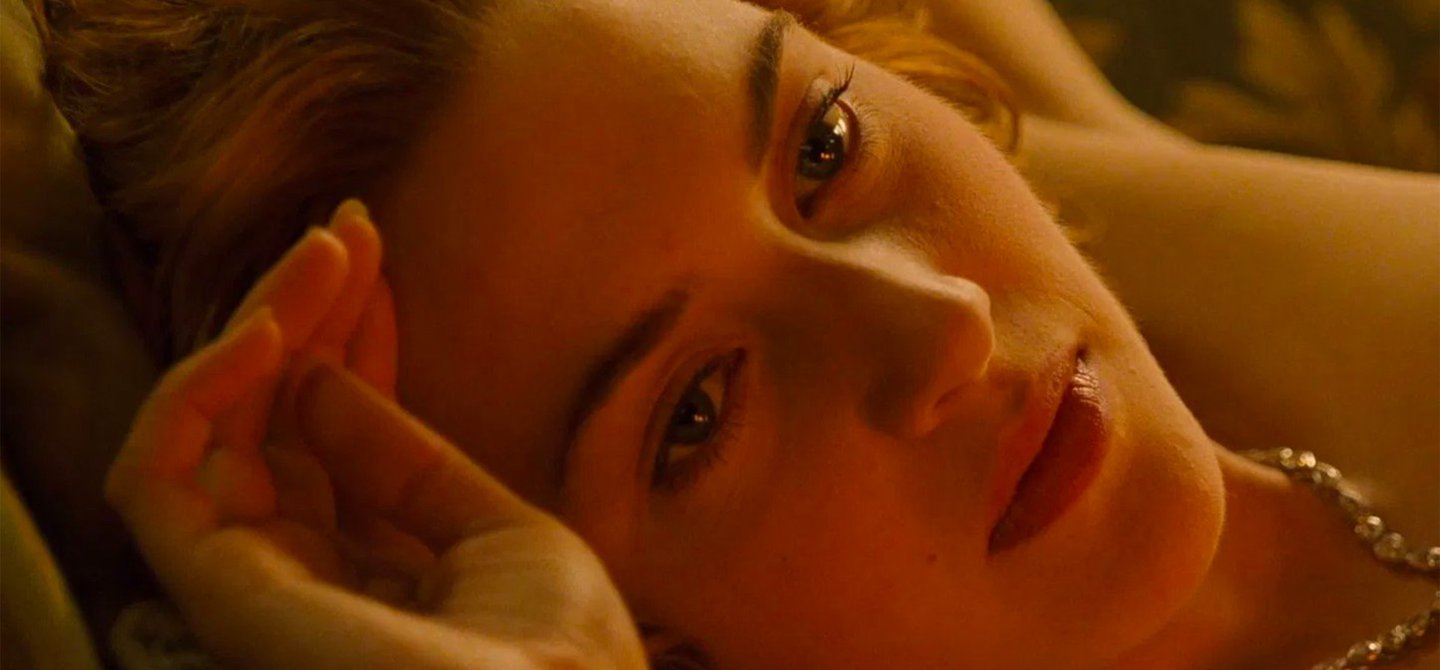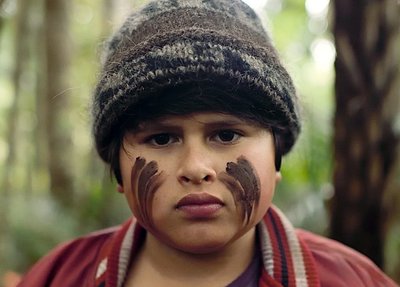
Bums, boobs and bits on-screen
Caitlin on Jan. 16, 2023
What does Jamie Oliver, a popular lipstick colour and Rufus from the series ‘Kim Possible’ all have in common? Nakedness! BUT, while you might not be offended by a naked chef, a lipstick shade or hairless animal, other types of nudity may get under your skin…
We look out for nudity when we classify films, series and games. You might be surprised to know that nudity just on its own might not warrant an age restriction.
When we classify series and movies we start by looking for anything that shows or references sex, horror, crime, cruelty and violence. This is set out in the classification criteria within the Films, Videos, and Publications Classification Act 1993. Nudity isn’t a standalone category but it can come into other areas.
The most obvious is sex. In detailed, frank or drawn out sex scenes nudity can be shown. We consider the extent - how detailed are we talking? Is it two people completely covered by blankets but we see an exposed shoulder, suggesting that they are nude? Or is it a person standing up after sexual intercourse showing their full body and everything is shown? Extent is important as it helps us determine who can safely watch this type of content and if an age rating is needed or can sit comfortably at an M level.
So what happens if a film, series or game shows a naked person but it doesn't fall into any of the categories?
It is important to note that content which shows nudity is usually for a more mature audience - meaning at the M level or at least a PG, where parental guidance is recommended for younger viewers. It is pretty unlikely that a G (general audiences) would show nudity, but not impossible for instance in a cartoon.
Apart from age rating we also give warnings about what you can expect to see. We might not restrict or stop younger viewers from watching something that includes nudity but we may warn about its being in the show or movie. We understand that some people do not like seeing nudity on-screen so we can include “contains nudity” in the descriptive note next to the classification label. We do this especially with films, series and games that sit at that M level.
While we know that people can feel uncomfortable about seeing nudity it is important to understand what the real harm is – especially for our younger viewers.
Parents, if you are watching something with your whānau and suddenly a nude body appears on-screen, it’s a chance to kōrero about it.
Try asking things like:
● If that body was clothed would it look like all the people around us?
● Why do we see the woman’s body but not the man’s?
Identify stereotypes, gender imbalances and unrealistic body influences as these are the things that require serious critical thinking skills that tamariki and rangatahi can’t learn on their own. Be prepared for some tricky conversations to come up, such as sex, relationships and consent.
So nudity, its complex right? Let’s be honest, everything that we watch is becoming more complex and requires critical thinking.
Here at the Office we aim to support and help New Zealanders make good choices about what they watch. This is all while balancing their right to have control over their content choices. Restricting or banning nudity simply isn’t the answer but knowing your rating and having really good kōrero about it can be useful.
We have information on our website explaining how we classify, breaking down our ratings and resources for whānau. Be informed and in control when it comes to what you are your whānau watches.
Further Reading:
Talking with young people about what they’re watching
How to talk with young people about pornography
Why are ratings and content warnings important for me and my whānau?
Subscribe to our blog
Stay up to date with the Classification Office blog.


